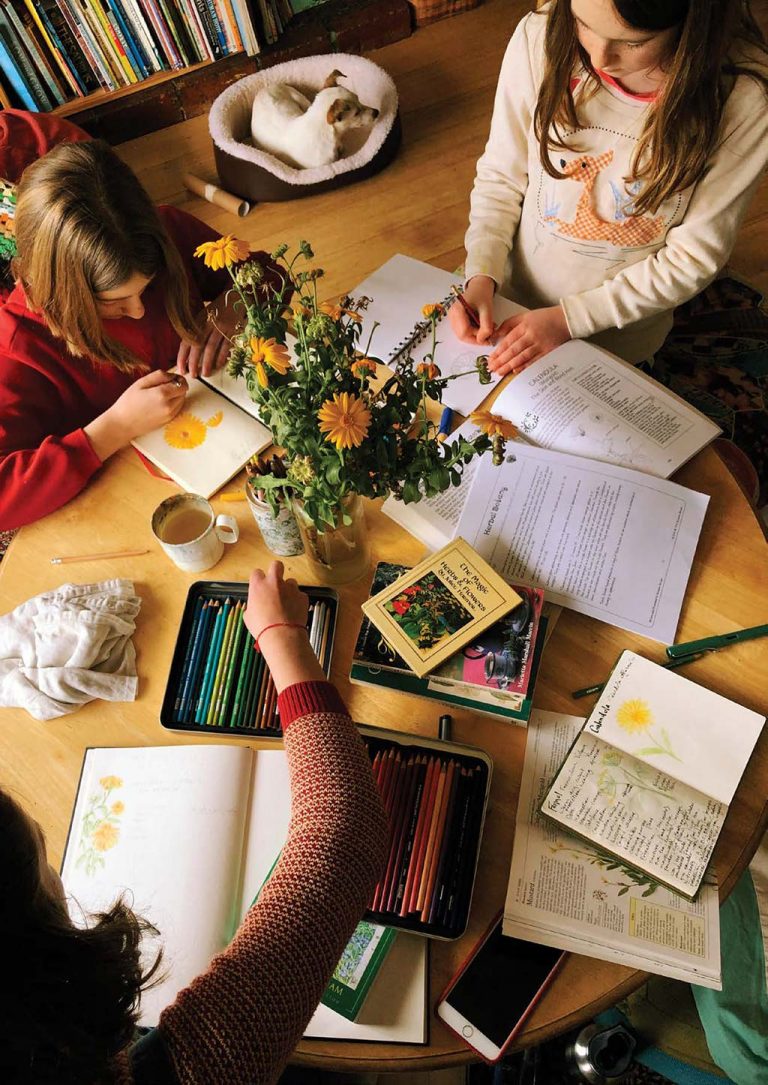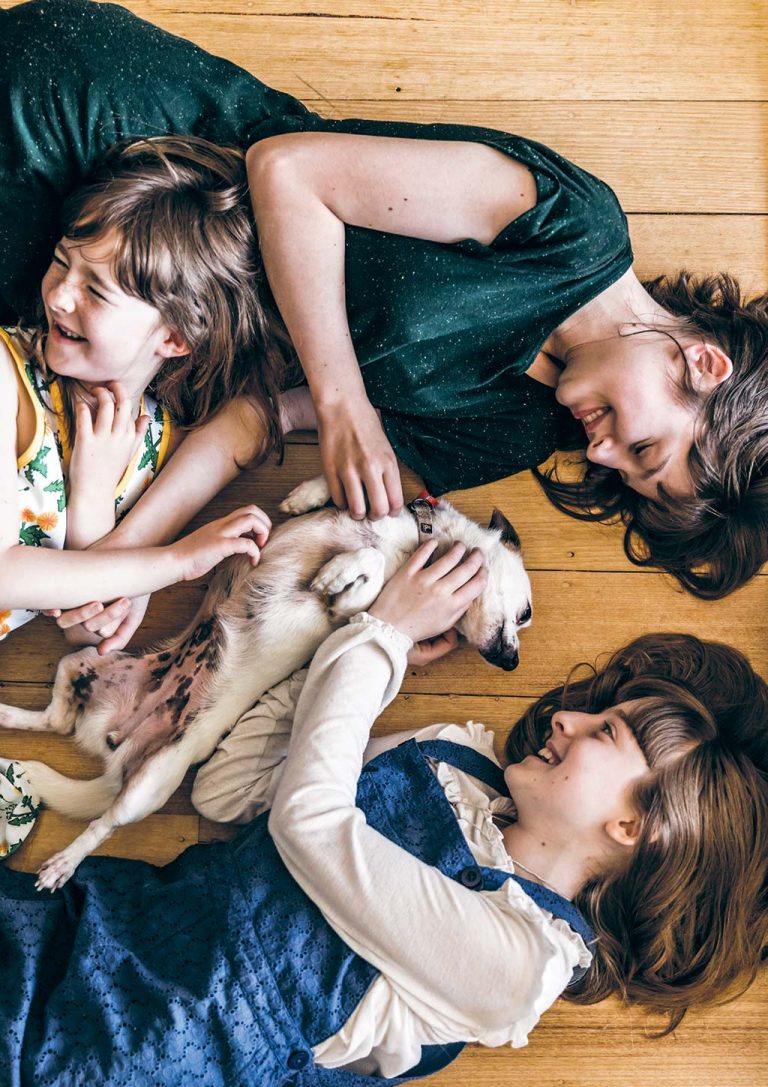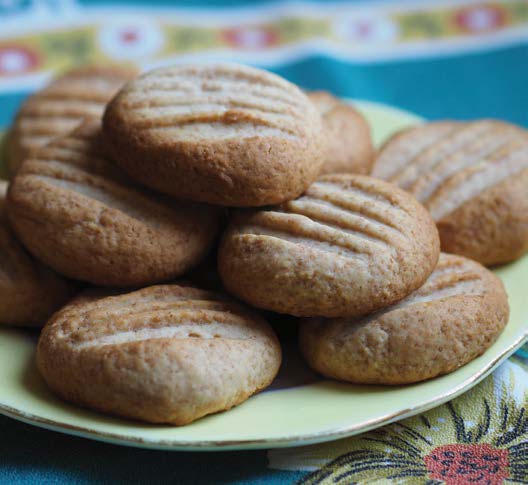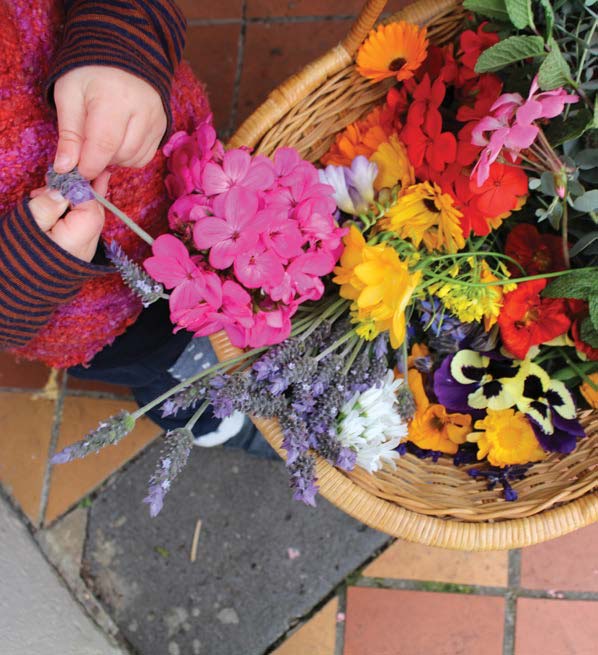Home-Based Living For The Climate Conscious

Modern life tends to pull us away from the simple routines of home. Many of us spend hours each week commuting to work, school and shops so we can come home to rest. But the process of doing this removes us from our local communities and often burns fossil fuels to get us to where we need to go.
Spending so much time away from home means we’re often too exhausted or time poor to get the basic day-to-day things like cooking, cleaning and gardening done, so we need to outsource those. We turn to ‘convenience’ food and prepackaged products in an effort to save time. Then each year (at least), we need to get away from it all and take a holiday so we can regroup.
Is this cycle sustainable for ourselves and our planet? Does it honour our needs as individuals, families and communities? Does it really save us time and money, or could there be an alternative?



